Extract from The Guardian
If Australia wants to stop being seen as a climate ‘wrecker’ it needs to increase its 2030 emissions target, phase down coal power and cut fossil fuel subsidies. Will it?
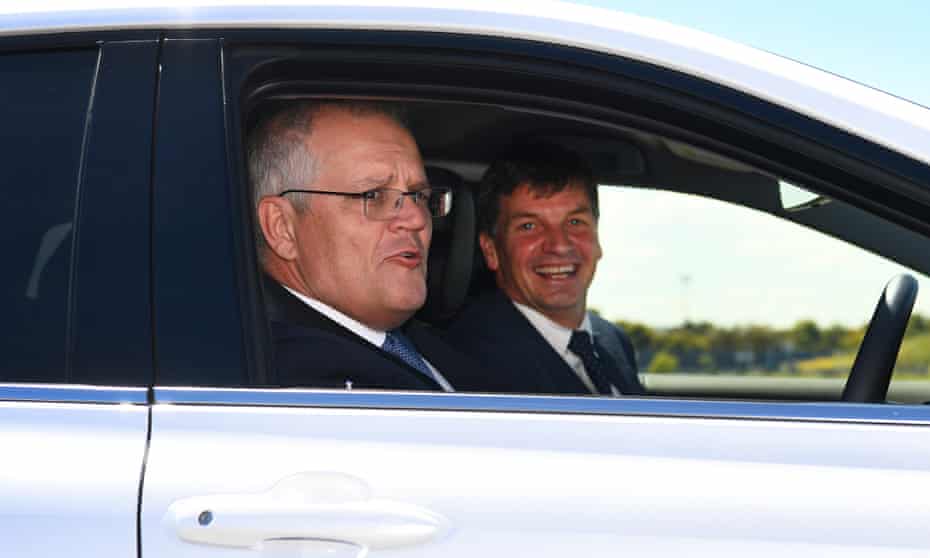
Last modified on Sun 14 Nov 2021 17.17 AEDT
The Glasgow climate pact is not enough to solve the climate crisis but it includes steps that could help bridge the gap between rhetoric and action.
What does it mean for Australia? Here are five key questions the Morrison government must now answer.
Will Australia increase its 2030 emissions target? If not, why did it sign the pact?
International pressure on Australia to do much more “this critical decade” – as the agreement calls it – is going to escalate next year.
This wasn’t guaranteed. Under the landmark 2015 Paris agreement, countries were expected to submit new short term targets and plans to cut emissions only every five years. The next commitments were not expected until 2025.
But the Glasgow pact, agreed on Sunday morning Australian time, changes that. Countries – including Australia – agreed that existing 2030 goals fall far short of what is necessary and they should re-examine and strengthen them when they return to the negotiating table at Cop27 in Egypt.
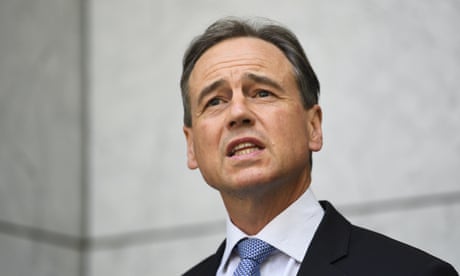
There is wriggle-room in the language – it is a consensus-based international agreement, after all. The pact only “requests” that countries “revisit and strengthen” their 2030 targets to live up to the goals of the Paris agreement, and includes a caveat that those commitments should “take into account different national circumstances”. Those circumstances are left open to interpretation.
But hiding behind nuance in wording will only get countries so far. For all the justified anger in Glasgow – about what Greta Thunberg calls the “blah blah blah” and the still-vast gap between what countries are doing and what is needed – the pact at least had an urgency in its language missing at other summits since Paris six years ago.
It backs the idea that much greater action is needed immediately to prevent what could be a catastrophic 2.4C heating above pre-industrial levels. For the first time, a global deal recognises the difference in damage between 1.5C and 2C of heating would be huge, and that staying at the lower level would require “rapid, deep and sustained” cuts - a global 45% cut by 2030. Having been introduced into the pact, it is a benchmark against which countries will be measured.
On these terms, the Morrison government is clearly failing. Australia was the only major developed country that refused to increase its 2030 emissions reduction targets at Glasgow, rebuffing calls from allies in the US, UK, Europe and the Pacific.
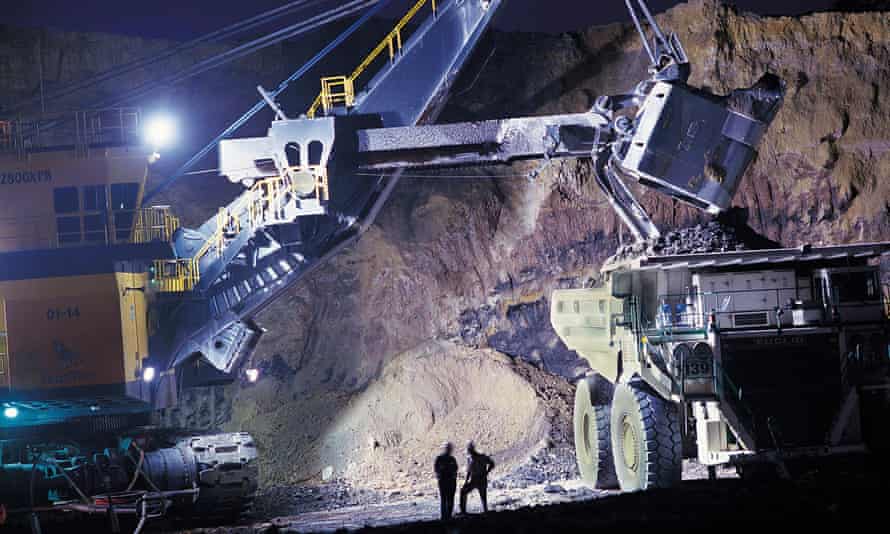
The Morrison government’s policy is to acknowledge coal will go over the next few decades, but not to accelerate its exit. Photograph: Bloomberg/Getty Images
In a statement issued shortly after the summit finished, ministers Marise Payne and Angus Taylor suggested the government did not plan to change that, describing Australia’s 2030 target as “fixed”. They appeared to claim the government had already increased its commitments (known as nationally determined contributions, or NDCs) by including a net zero target for 2050 and official projections that suggested Australia would beat its 2030 target.
This argument might work politically at home, but experts say it is likely to be viewed as a joke – or worse – internationally. In the wake of Emmanuel Macron accusing Scott Morrison of lying, it will raise further questions about whether his government can be trusted internationally.
NDCs were designed to capture short-term commitments so countries would put forward what they were doing and ramp it up over time. And a projection is obviously not a target or commitment.
Alok Sharma, the Cop26 president and British cabinet minister, was asked at the summit’s close what the consequences would be if Australia refused to come with a new 2030 target next year.
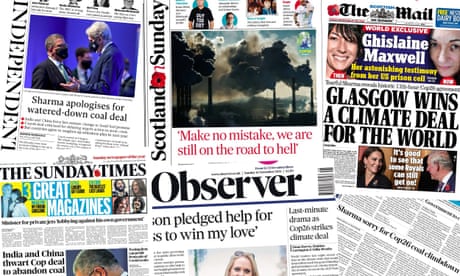
He said: “This is an international agreement and all countries will be judged by whether they stick to the commitments they’ve made.”
Will the government ‘phase down’ coal power as promised?
For the first time, countries have committed in a UN climate deal to “accelerate efforts” to stop using “unabated coal power”.
This might sound like an obvious thing – of course, dealing with the climate crisis mean an end for coal – but the inclusion of a specific commitment about the fossil fuel is an important step. While coal power started to be abandoned as a good investment over a decade ago, many observers assumed the reference would quickly be cut when it was proposed in the first draft of the pact on Wednesday.
It being there is a significant even though the wording was watered down at the last minute at the insistence of the Indian delegation, which demanded it be changed from a “phase out” to a “phase down”. The Australian delegation had already said it was comfortable with the words “phase out” before the change.
To put it mildly, this seems at odds with the Morrison government’s position at home. Its policy is to acknowledge coal will go over the next few decades, but not to accelerate its exit. It has backed a policy that could pay to keep some plants running, and says Australia will continue to sell thermal coal overseas to anyone who wants to buy it.
It raises a couple of questions: how does the government define “unabated” and what will it now do to accelerate a phase down?
Will it cut fossil fuel subsidies?
The pact also commits countries to accelerate the phase-out of “inefficient” fossil fuel subsidies.
Analyses have found Australian governments help fossil fuel industries with subsidies of more than $10bn each year. More than half that is through a fuel rebate for miners and farmers than use off-road diesel vehicles, which the government and Labor argue is not actually a subsidy.
But the government is also giving hundreds of millions of dollars to the gas industry to open up new basins and build power plants and other infrastructure. It is doing this despite the head of the International Energy Agency warning there should be no new oil or gas fields opened up if the world is to keep 1.5C alive. What gives?
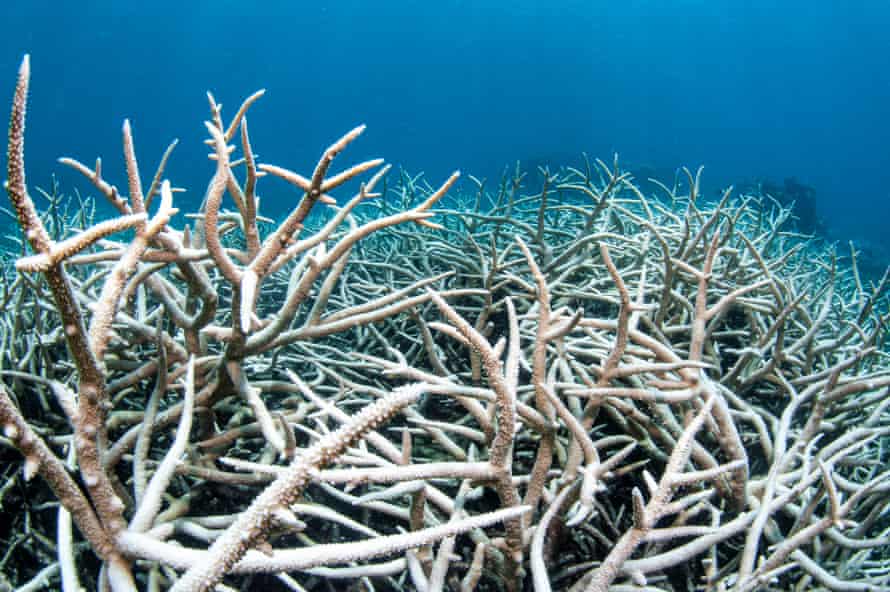
Heating of 2C is the difference between some coral surviving on the Great Barrier Reef and its complete decline. Photograph: Brett Monroe Garner/Getty Images
Does the Coalition support the aim to limit heating to 1.5C?
The Morrison government has indicated through its policies that it doesn’t actually support this goal, but has not explicitly said so.
A few examples:
Several sources told the Guardian the Australian delegation in Glasgow made clear it did not support the clause – considered necessary to keep 1.5C alive – that suggested 2030 targets should be increased next year. In the end, Australia and other countries accepted its inclusion rather than stand in the way of a deal
The government tried to block a recommendation at Unesco that countries should be aiming to limit heating to 1.5C to protect world heritage sites
The modelling report for the government’s 2050 net zero plan makes no mention of considering a scenario in which the world acted in line with a 1.5C goal, referring instead to 2C
The government has been advised that its 2030 target – a 26-28% cut compared with 2005 – is not in line with what scientists say is necessary for Australia to play its part in staying within 2C, let alone 1.5C.
The scientific consensus says heating of 2C will lead to disasters several orders of magnitude worse than 1.5C, costing countless lives, cultures, species and ecosystems. It is the difference between some coral surviving on the Great Barrier Reef and its complete decline. Warming greater than 2C would be magnitudes worse again.
Will Australia do more on climate finance and ‘loss and damage’?
The Glasgow pact says wealthy countries are not paying what has been promised in climate finance, which is meant to help developing countries adapt and cut their own emissions. They had promised US$100bn from private and public sources by 2020 but didn’t reach it. More will be expected over time.
Much less again has been contributed to “loss and damage”, which is effectively compensation for the most vulnerable nations already facing unavoidable destruction from worsening extreme weather.
In his speech in Glasgow, Morrison announced $500m in new climate finance funding over five years, but offered nothing on loss and damage. It is one of the lowest contributions as a share of gross national income.
Australian is acting solo on finance, having pulled out of the green climate fund. A Greenpeace investigation suggested three-quarters of climate projects Australia funded directly in the Pacific had little or no link to climate change or the environment.
No comments:
Post a Comment